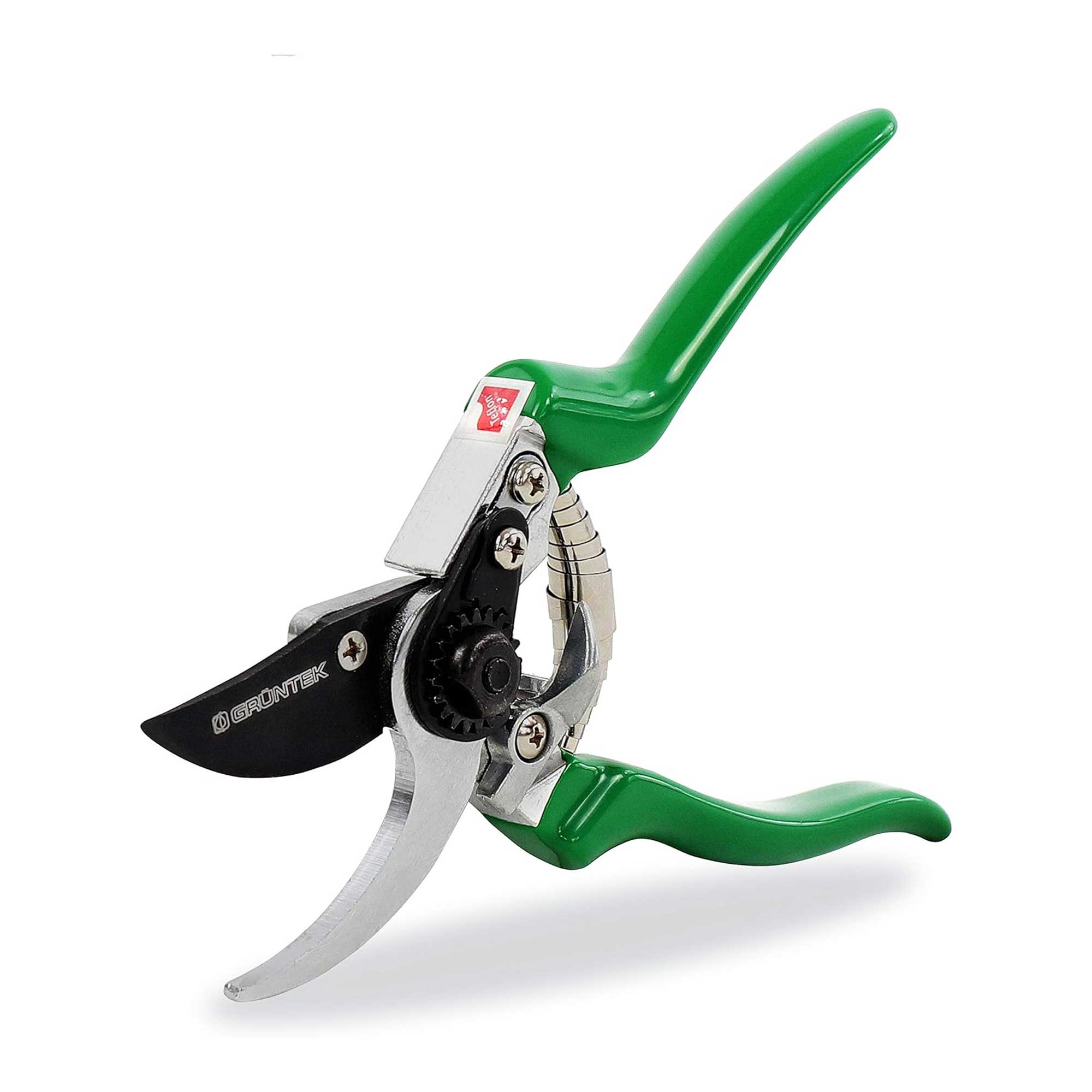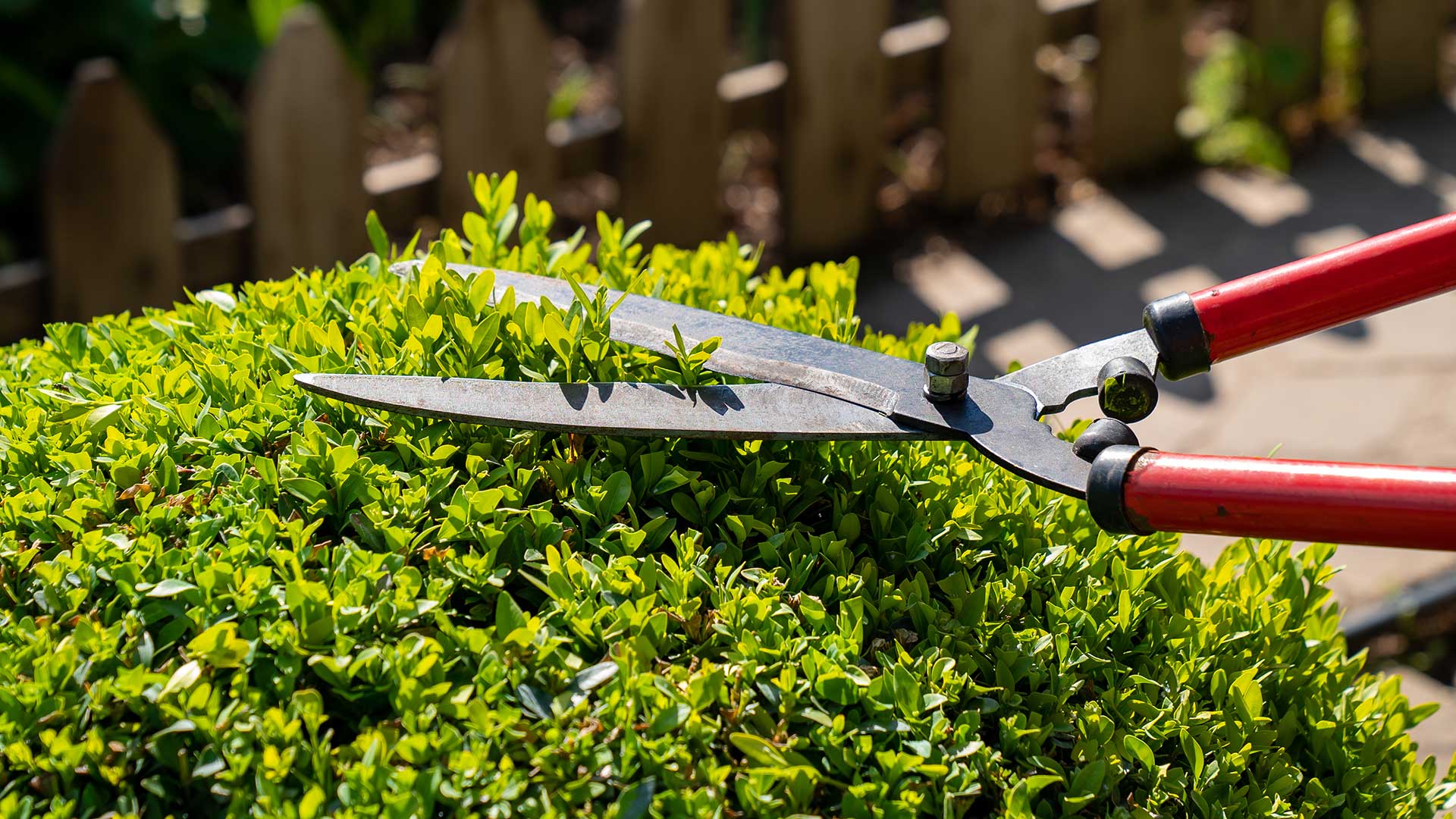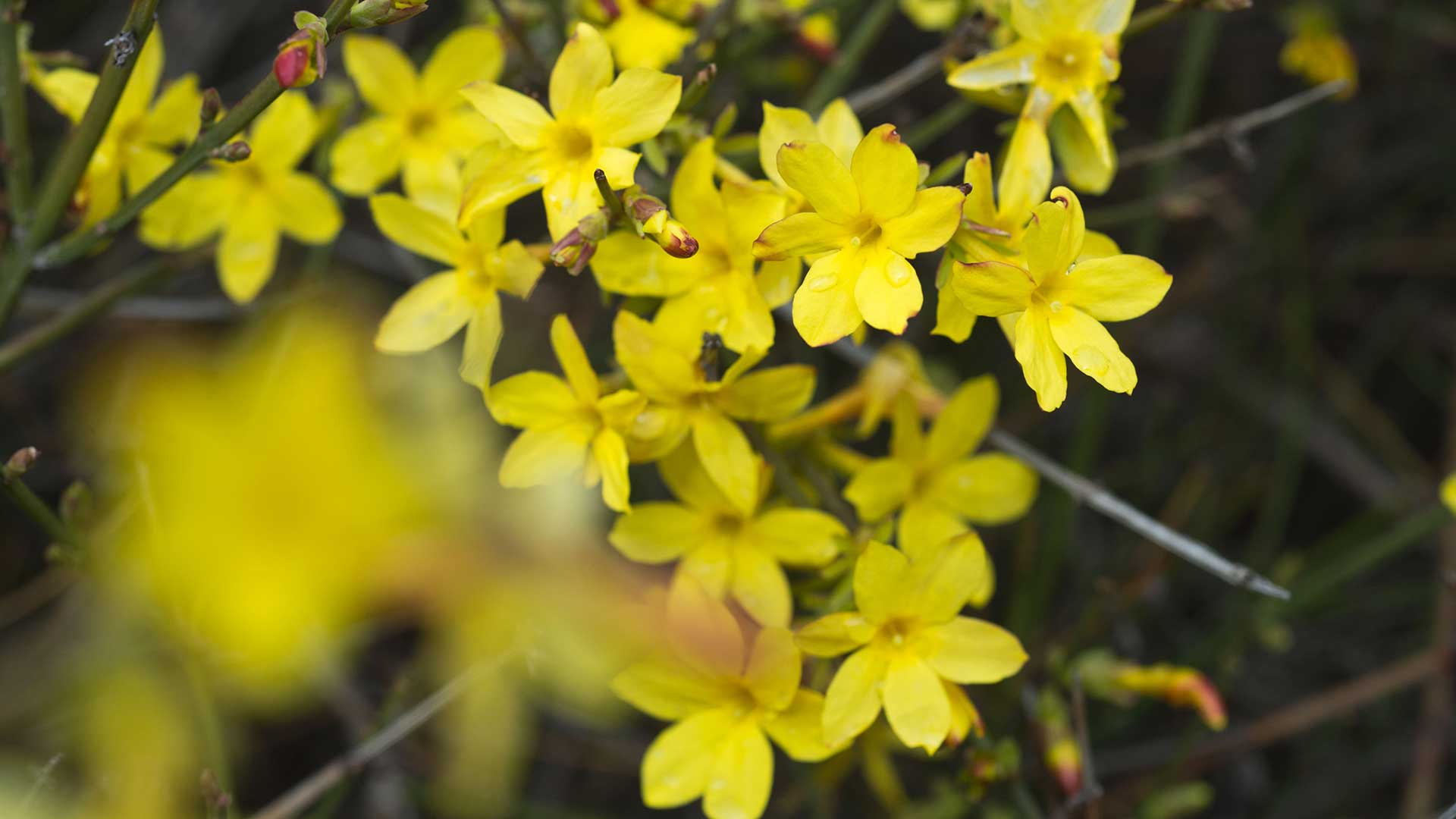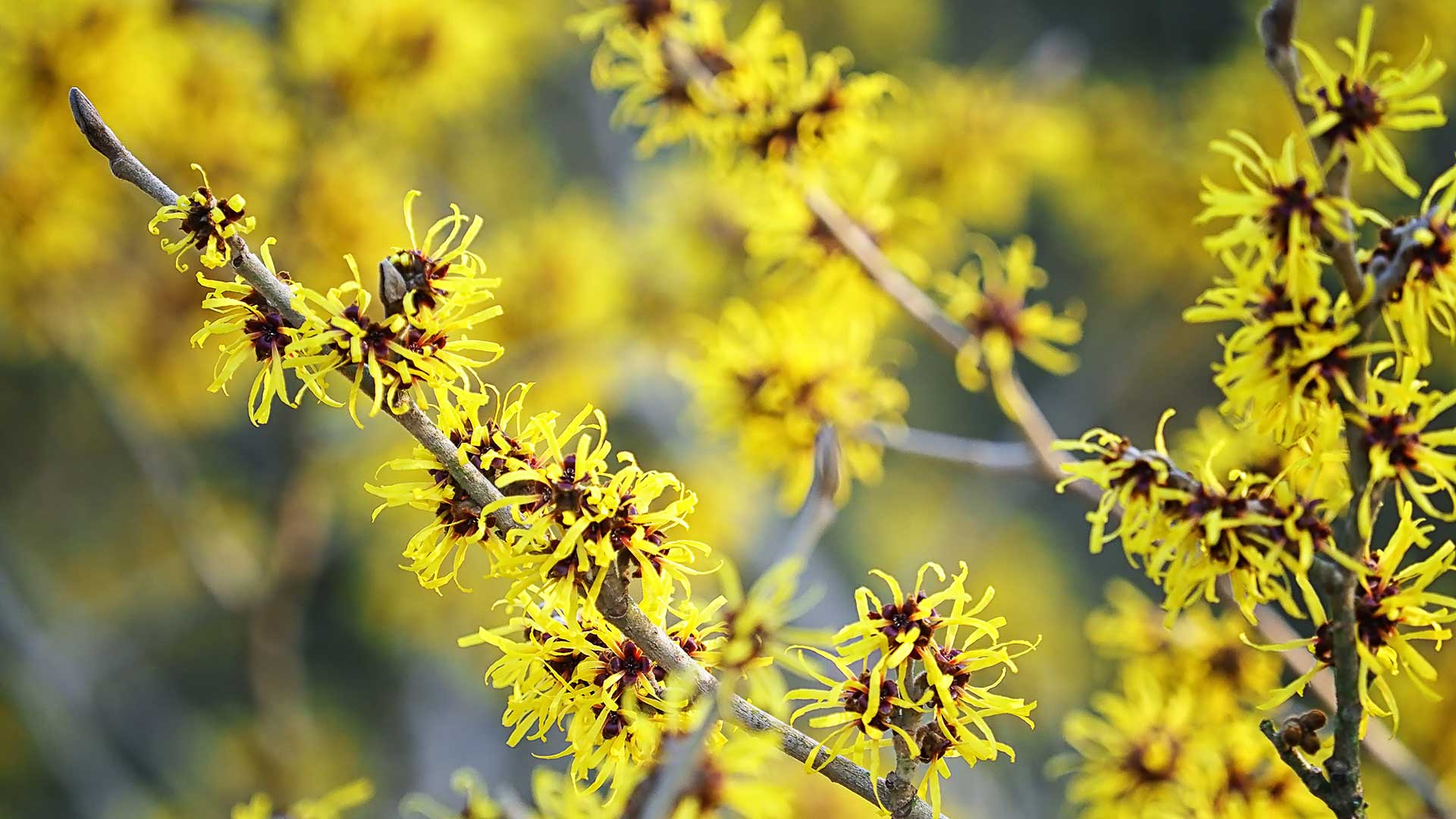Plants to prune in March – 7 garden perennials you should cut back this month
The experts reveal the key plants to prune in March, sharing their exclusive advice on how to do it


There are many plants to prune in March. This month marks the beginning of spring – when new growth begins – and getting your perennials in order is a must for a flourishing garden. It also gives you a good reason to get out and enjoy the warmer temperatures.
Whether you have a romantic, informal planting scheme or follow more modern garden trends, cutting back certain plants now will keep their shape and size under control. It will encourage strong, fresh growth, too.
Much like aerating your lawn or planting grass seed, these are essential gardening jobs that you'll be glad you've done come the warm weather.
With help from gardening experts, we've rounded up seven plants you can prune this month, to keep them looking their best. Plus, there are top tips on how to trim each one more efficiently.
7 priority plants to prune in March
Just like when pruning plants in January, you need to tackle the plants to prune in March with the right tools.
A sturdy pair of secateurs is a must for snipping stems. For larger branches, a pair of loppers or even a pruning saw can come in useful. For all your cutting tools, ensure blades are sharp and properly sanitised between each plant to prevent the spread of any diseases.
You'll also need a good pair of gardening gloves, such as these ones from Sarah Raven, to protect your hands.
Sign up to our free daily email for the latest royal and entertainment news, interesting opinion, expert advice on styling and beauty trends, and no-nonsense guides to the health and wellness questions you want answered.

RRP: £11.98 | These sturdy pruners have ergonomically designed handles for comfortable use and a sharp, steel blade. An essential gardening tool.

RRP: £16.85 | Developed with Kew Garden's horticultural team, this pruning saw features a folding carbon steel blade that locks into position.

RRP: £44.13 | These bypass loppers are ideal for smoothly cutting stems up to 3.8cm in diameter, and feature lightweight, SoftGrip-covered handles.
1. Perennial mallow

Mallows are pretty perennial plants that flower in summer
Perennial mallows, with their silky blooms, are well-favoured plants for cottage gardens. And, according to gardening expert Mark Lane, they respond well to a hard prune this month. Otherwise, they can get very leggy, he says.
Flowers appear on the current year’s growth, he points out. "If you prune immediately after the frost has passed, the plant will send up new shoots in time for mid to late summer flowers."
Mark says you can remove between a third and a half of the overall growth, as well as any crossing, dead or diseased stems to allow for good air circulation. Alternatively, you can prune the plant right back to almost ground level once new growth can be seen at the base (leave the new growth intact).
To protect the plant from frost Matthew Peck, head of horticulture at Gates Garden Centre adds: "Wait until the risk of frost has passed, as pruning makes the stems vulnerable and frost could damage them."

Not only is Mark a presenter on BBC's Gardeners' World but he is also an accredited gardening expert at stairlift and homelift company Stannah. Mark also runs his own gardening business when not providing useful tips and tricks for blossoming green thumbs.
2. Boxwood

Box is a top choice for topiary
Boxwoods are evergreen shrubs that are ideal for formal, clipped hedging and topiary. And, according to Tim Marshall, Raby Castle’s head gardener, they are plants to prune in March.
"Pruning boxwoods in early spring helps in shaping them and encouraging new growth," he says. "It also allows more sunlight and air circulation into the centre of the plant, reducing the risk of disease."
Tim advises using secateurs to trim the outer foliage of the shrub, to maintain the desired shape. "Avoid cutting into old wood, as it may affect regrowth," he warns.
"Sterilise tools regularly when in use, to reduce risk of spreading box blight," he adds – a useful gardening tip.

Tim Marshall, Raby Castle’s head gardener, has had a career which spans nearly three decades and has taken him all over the world. Now working across County Durham’s Raby Estates, Tim is leading the transformation of the walled garden and the grounds to the north of the castle in the project known as The Rising – working with other high-profile garden designers as well as his home team.
3. Barberry

Many types of barberry shrubs have spiky stems, so protect your hands when pruning
"March is an ideal time to prune barberry to remove dead or damaged branches and improve the overall structure of the shrub," says Tim. It also promotes better flowering and berry production later in the season, he adds.
The process is simple. "Use secateurs and a pruning saw to cut back one-third of the oldest stems, starting with the largest ones," Tim instructs. "Trim back any crossing or inward-growing branches to open up the centre of the plant."
Barberry plants are often spiky (making them good privacy shrubs, a cheap way to block a neighbour's view). Because of this, remember to wear tough gardening gloves when cutting them back.
4. Winter jasmine

A well-loved winter bloomer
Winter jasmines are one of the best plants for early colour, with their bright yellow blooms cheering up any outdoor scene. Once they have finished flowering, they can be cut back. This will encourage fresh shoots for new flowers next year and keep the plants in good shape, and is usually done annually.
Matthew recommends removing any dead or diseased stems, as well as any wayward stems growing away from the main plant.
According to the Royal Horticultural Society, flowered stems can also be shortened to a strong side shoot. Remember to always check shrubs for nesting birds before you prune them.

Matthew Peck has over 16 years of experience in the horticulture industry. With a true passion and expansive knowledge of all things gardens, he's the beating heart of the garden centre's horticultural team.
5. Witch hazel

This tree or small shrub has beautifully scented blooms
Witch hazel, a sweetly-scented flowering tree or shrub, generally won't need an annual prune. However, if yours needs a bit of a tidy-up, now's the month to do it, once flowering has finished.
Arborist Ned Cromack says, "All you need to do is remove any dead, damaged, or diseased branches. If two branches are rubbing together, remove the weaker one. Suckers can develop at the base of the plant, and should also be removed.
"You can also lightly shape the canopy if needed, by cutting branches back to a healthy leaf bud or shoot," Ned continues. "Try to remove as little as possible, though – witch hazel is a slow-grower and its attractive, natural branch structure is one of its highlights."

Ned is a qualified arborist and the founder of The Bath Tree Company. Starting his career in one of the UK’s leading tree nurseries in 2010, he went on to spend over a decade as a tree climber across the UK, Europe, New Zealand and Australia. For him, arboriculture has always been more of a fascination than a job, and an industry that never ceases to inspire.
6. Cornus

Pruning cornus keeps stem colour bright
Also known as dogwoods, these shrubs are excellent for adding visual interest to the winter garden due to their vibrant stems. A popular variety is the Cornus sanguinea "Midwinter Fire", available at Crocus, with its flame-coloured hues. But, if you don't prune them, their brilliant colour can fade.
"To prune cornus, you need secateurs and potentially a wood saw, depending on how well-maintained the plant is," says Matthew. "Hard prune the larger woody stems, and any broken or damaged wood," he instructs. You can then cut back the newer stems to just above the first bud to promote colourful new growth, he says.
The shrub should grow back quickly, but it's not always necessary to hard prune it every year. Cut it back every other year instead.
Note that young cornus plants should not be pruned – wait two years or so, until they have established.
7. Mahonia

These shrubs can be pruned once flowering has finished
These upright, glossy-leaved, evergreen shrubs bring fragrant yellow flowers to the late winter garden. But, some varieties can get very large, and outgrow their allotted space as a result.
"Once blooming has finished, mahonias can be cut back if necessary," says Ned. "You can cut back up to one-third of healthy growth, while dead or diseased branches should be removed entirely. Watch out for those spiky leaves – gloves are essential.
"If you need to rejuvenate a leggy mahonia, you can hard prune it by cutting it back to near ground level," Ned adds.
FAQs
What plants need pruning now?
As well as the plants to prune in March listed above, you can also prune many late-summer-flowering shrubs now, including Russian sage. You can prune clematis in group 3 now, too. Some plants to prune in February, such as buddleia, can also be cut back this month if you haven't trimmed them already. It's also your last chance to prune roses.
Avoid cutting back spring-flowering shrubs before they have bloomed, otherwise, you will likely reduce their blooming potential for this year.
What should I be doing in my garden in March?
Besides pruning, there are plenty of other jobs you can get on with this month.
The promise of spring and summer ahead means you can start sowing seeds indoors, ready for planting out once frosts have passed. You can also plant summer-blooming bulbs, such as crocosmia, once frosts are over. Daffodils can be deadheaded, but leave their foliage to die back naturally as this will feed the bulbs for next year's blooms.
If you have a lawn, late March is often the time to first cut the grass after winter, too provided it doesn't rain because cutting wet grass is not advisable.

The garden was always a big part of Holly's life growing up, as was the surrounding New Forest where she lived. Her appreciation for the great outdoors has only grown since then; she's been an allotment keeper, a professional gardener, and a botanical illustrator. Over three years ago, Holly started writing about plants and outdoor living full-time, first for Gardeningetc.com and now for popular lifestyle titles such as Homes & Gardens.